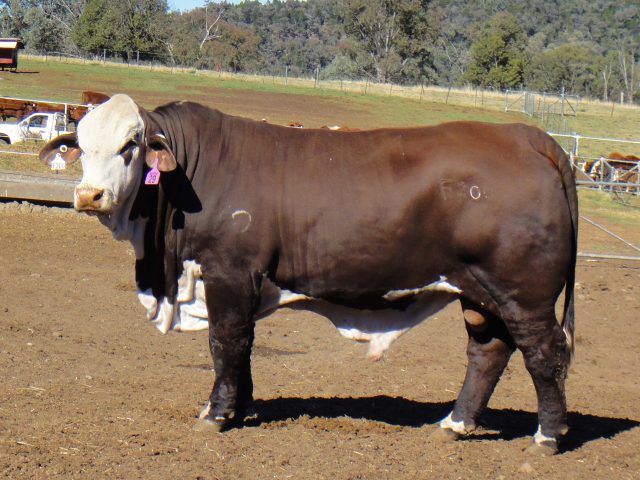Type the name of the breed you're looking for below
[wpdreams_ajaxsearchlite] Don't see the breed your're looking for? Click here and let us know!
Braford cattle
| Place of Origin | United States of America |
| Origin | Brafords, like most recognized breeds today, were born of necessity - the necessity to consistently and efficiently produce a uniform product in specific production environments. Working with a base of Brahman cows that were primarily Partin and Hudgins breeding, Alto Adams Jr. began using Hereford bulls on his St. Lucie County, Florida ranch in 1947. The resulting steer and heifer calves were outstanding, but the Hereford bulls required to produce those calves had extreme problems with feet, eyes and general livability. Adams quickly realized that using Hereford bulls that were not adapted to South Florida was simply not feasible and he began experimenting with various types of Brahman-Hereford cross bulls. Eventually he identified Braford bulls that were producing calves that met his needs and he used these bulls and their offspring to form what is recognized as the Foundation Herd of the Braford breed in the United States. Brafords are known for superior maternal ability. Early puberty, fertility, calving ease, optimum milk production, maternal aptitude and productive longevity have earned Brafords this distinguished reputation. Braford cattle are approximately 3/8 Brahman and 5/8 Hereford. |
| Purpose | Beef |
| Appearance | Commonly red to reddish brown with white facial markings, but other colours are seen as the breed has no colour standard. Many show somewhat pendulous ears and some bulls may show humpiness around the shoulders. |
| Horns | Horned or polled (hornless) |
| Other Considerations | Brafords have heat and insect resistance because of the increased number of sweat glands and oily skin inherited from their Brahman heritage. They have been known to be of an ornery disposition, though this may be due to their raising, any predisposition toward being difficult is still a subject of debate. They are often used in Rodeos due to their massive bulk and bone density, hardiness, heat endurance, and arguably their ornery disposition. They do well in warm climates though they have been raised in northern climates and seem to do well there as well, likely due to their great bulk. |



